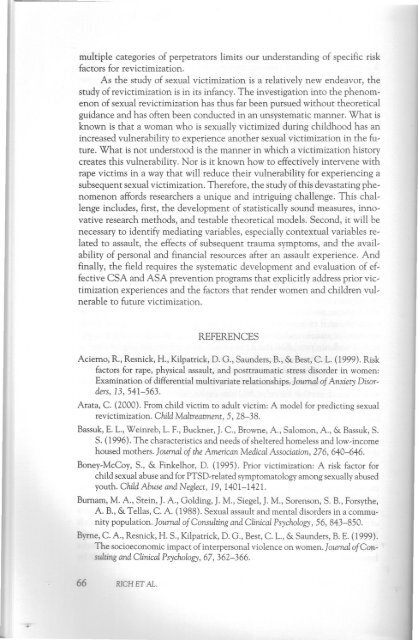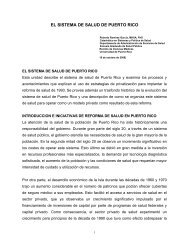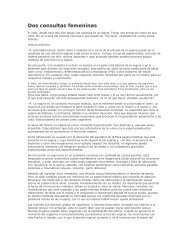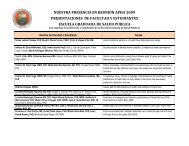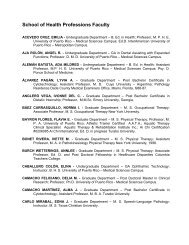CHILD SEXUAL ABUSE AND ADULT SEXUAL REVICTIMIZATION
CHILD SEXUAL ABUSE AND ADULT SEXUAL REVICTIMIZATION
CHILD SEXUAL ABUSE AND ADULT SEXUAL REVICTIMIZATION
Create successful ePaper yourself
Turn your PDF publications into a flip-book with our unique Google optimized e-Paper software.
..<br />
multiple categories of perpetrators limits our understanding of specific risk<br />
factors for revictimization.<br />
As the study of sexual victimization is a relatively new endeavor, the<br />
study of revictimization is in its infancy. The investigation into the phenom,<br />
enon of sexual revictimization has thus far been pursued without theoretical<br />
guidance and has often been conducted in an unsystematic manner. What is<br />
known is that a woman who is sexually victimized during childhood has an<br />
increased vulnerability to experience another sexual victimization in the fu,<br />
ture. What is not understood is the manner in which a victimization history<br />
creates this vulnerability. Nor is it known how to effectively intervene with<br />
rape victims in a way that will reduce their vulnerability for experiencing a<br />
subsequent sexual victimization. Therefore, the studyof this devastating phe,<br />
nomenon affords researchers a unique and intriguing challenge. This chal,<br />
lenge includes, first, the development of statistically sound measures, inno,<br />
vative research methods, and testable theoretical models. Second, it will be<br />
necessary to identify mediating variables, especially contextual variables re,<br />
lated to assault, the effects of subsequent trauma symptoms, and the avail,<br />
ability of personal and financial resources after an assault experience. And<br />
finally, the field requires the systematic development and evaluation of ef,<br />
fective CSA and ASA prevention programs that explicitly addressprior victimization<br />
experiences and the factors that render women and children vul,<br />
nerable to future victimization.<br />
REFERENCES<br />
Acierno, R., Resnick, H., Kilpatrick, D. G., Saunders, B., & Best, C. L. (1999). Risk<br />
factors for rape, physical assault, and posttraumatic stress disorder in women:<br />
Examination of differential multivariate relationships. Journal of Anxiety Disorders,<br />
13,541-563.<br />
Arata, C. (2000). From child victim to adult victim: A model for predicting sexual<br />
revictimization. Child Maltreatment, 5, 28-38.<br />
Bassuk, E. L., Weinreb, L. F., Buckner, J. c., Browne, A., Salomon, A., & Bassuk, S.<br />
S. (1996). The characteristics and needs of sheltered homeless and low-income<br />
housed mothers. Journal of the American Medical Association, 276, 64~46.<br />
Boney,McCoy, S., & Finkelhor, D. (1995). Prior victimization: A risk factor for<br />
child sexual abuse and for PTSD-related symptomatology among sexually abused<br />
youth. Child Abuse and Neglect, 19, 1401-1421.<br />
Burnam, M. A., Stein, J. A., Golding, J. M., Siegel, J. M., Sorenson, S. B., Forsythe,<br />
A B., & Tellas, C. A (1988). Sexual assault and mental disorders in a community<br />
population. Journal of Consulting and Clinical Psychology. 56, 843-850.<br />
Byrne, C. A, Resnick, H. S., Kilpatrick, D. G., Best, C. L., & Saunders, B. E. (1999).<br />
The socioeconomic impact of interpersonal violence on women. Journal of Consulting<br />
and Clinical Psychology, 67, 362-366.<br />
66 RICH ET AL.


